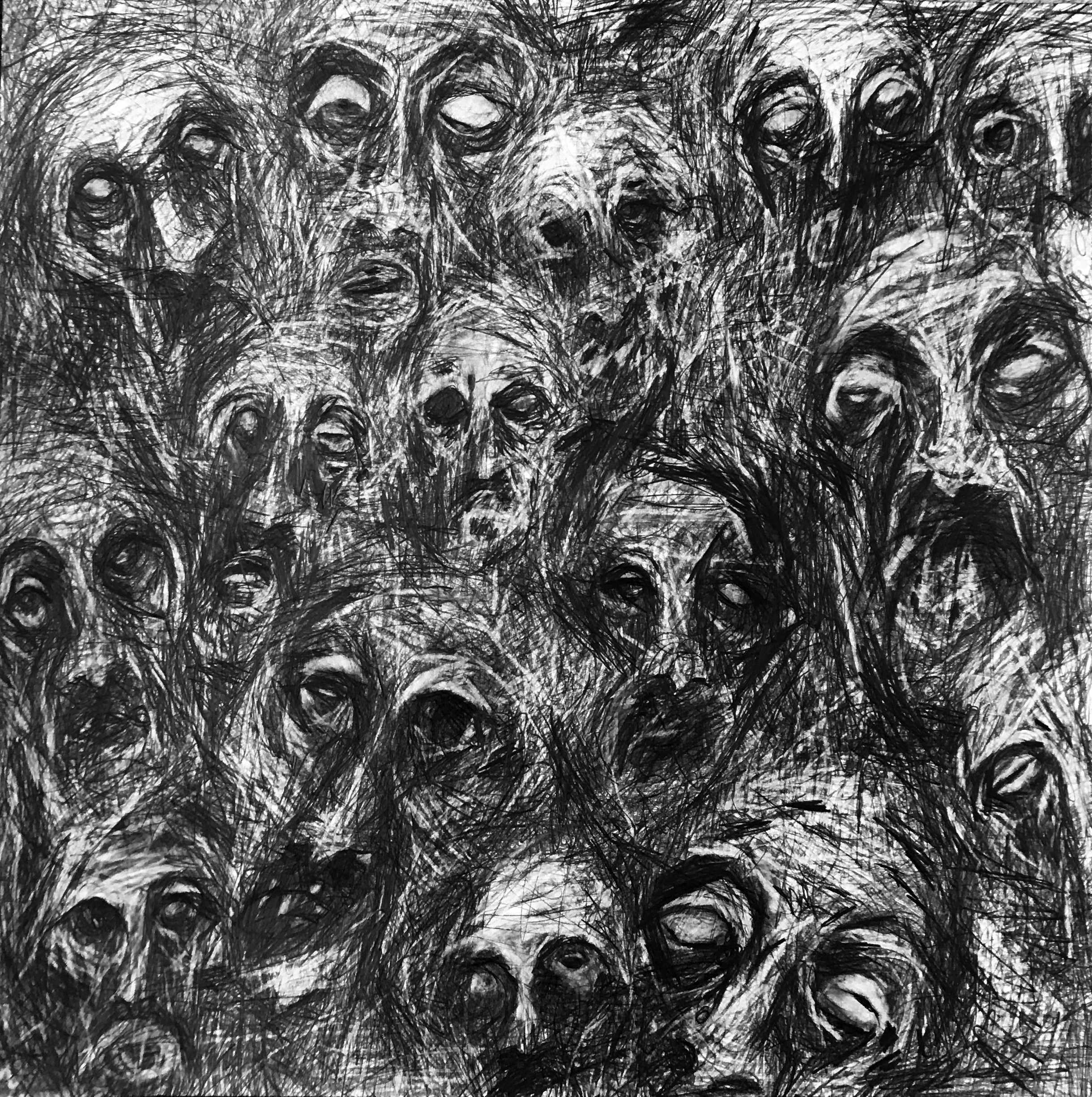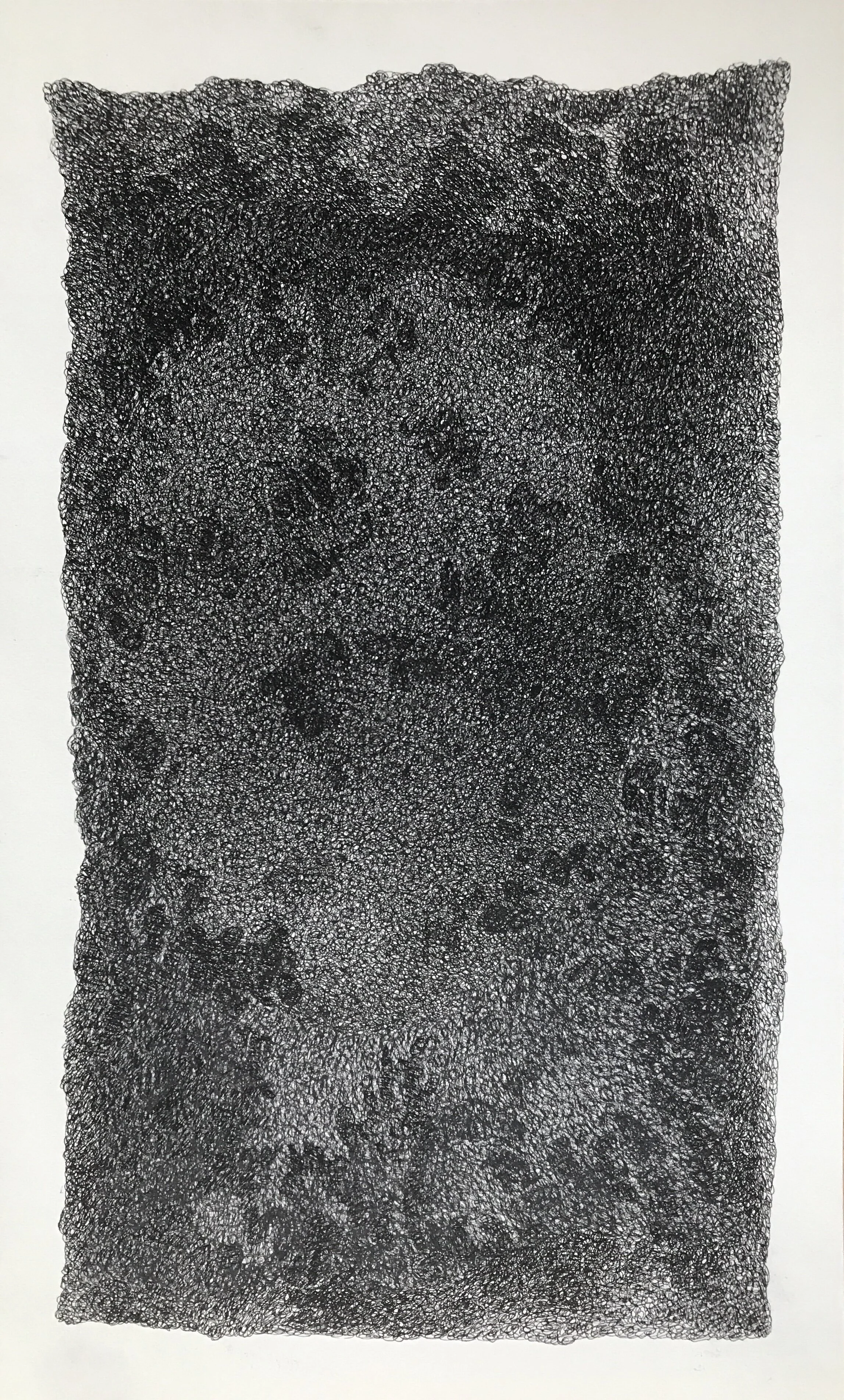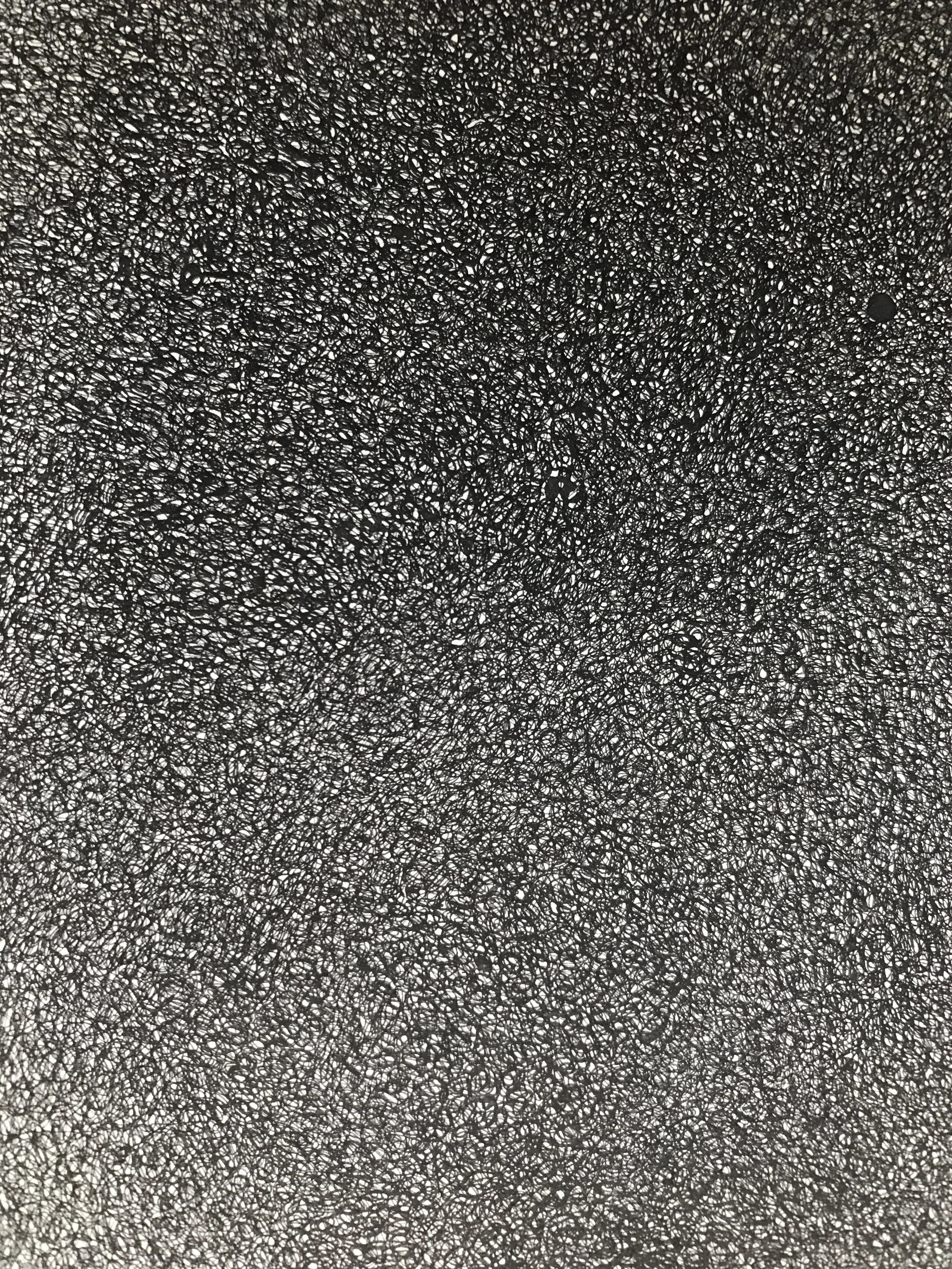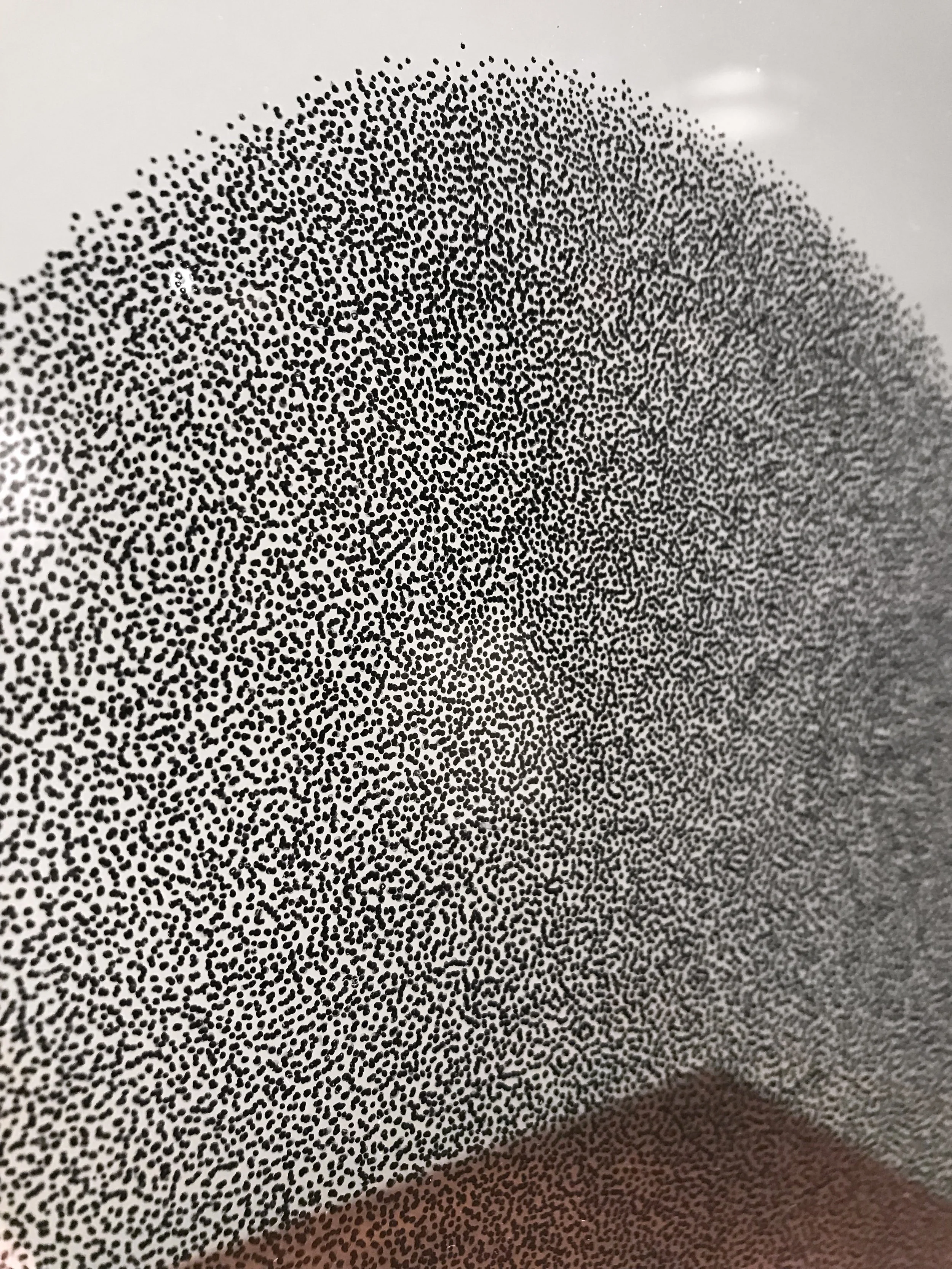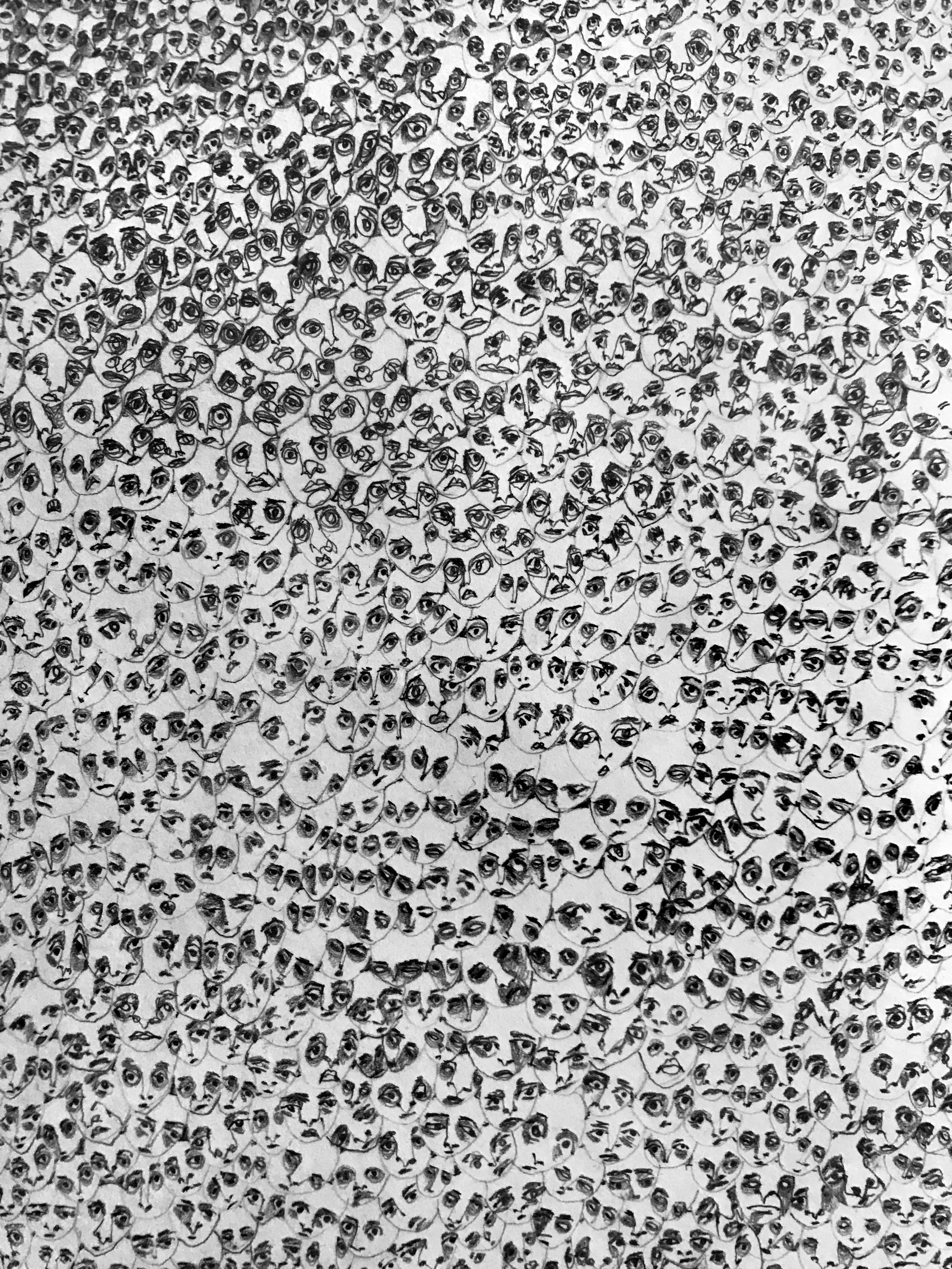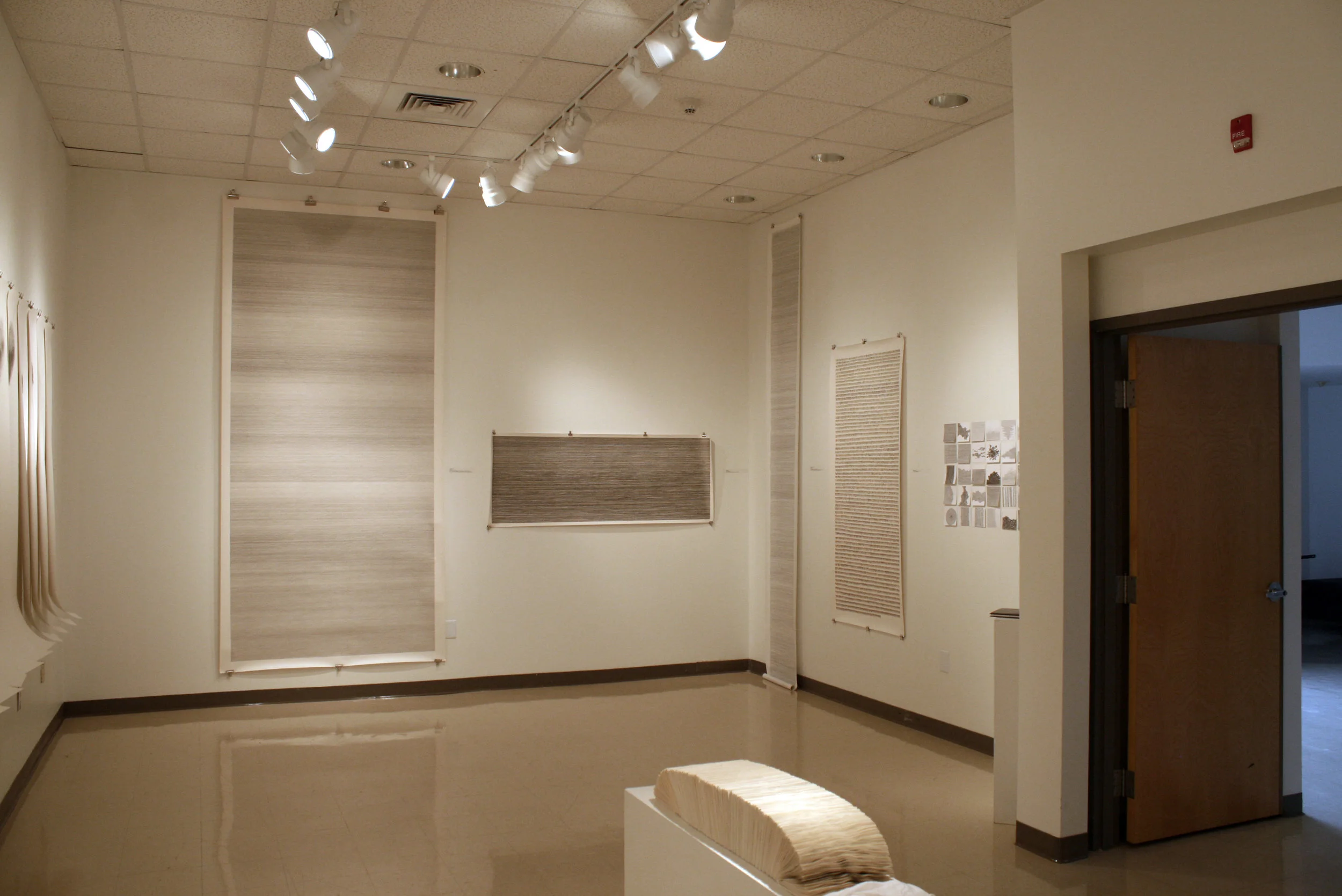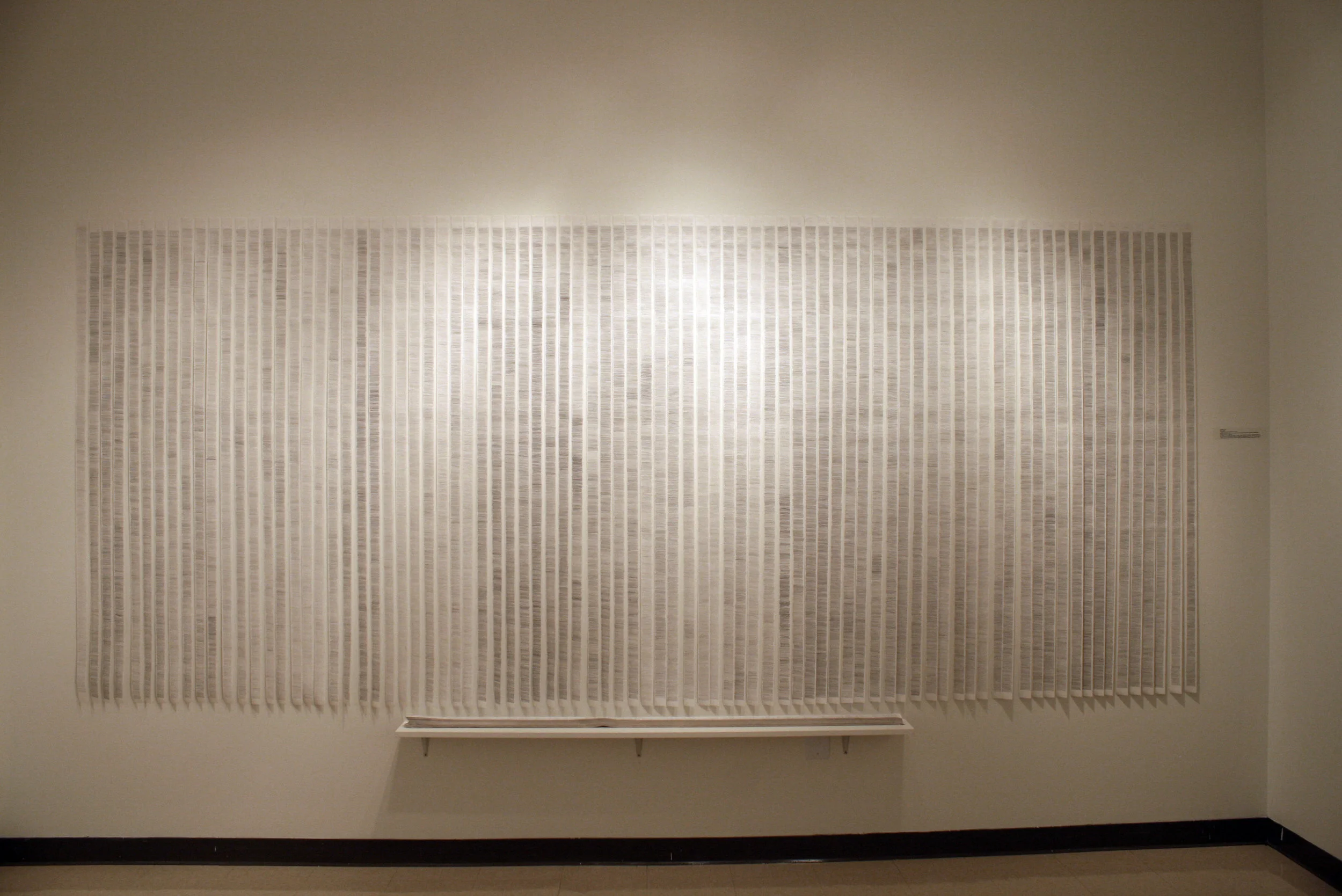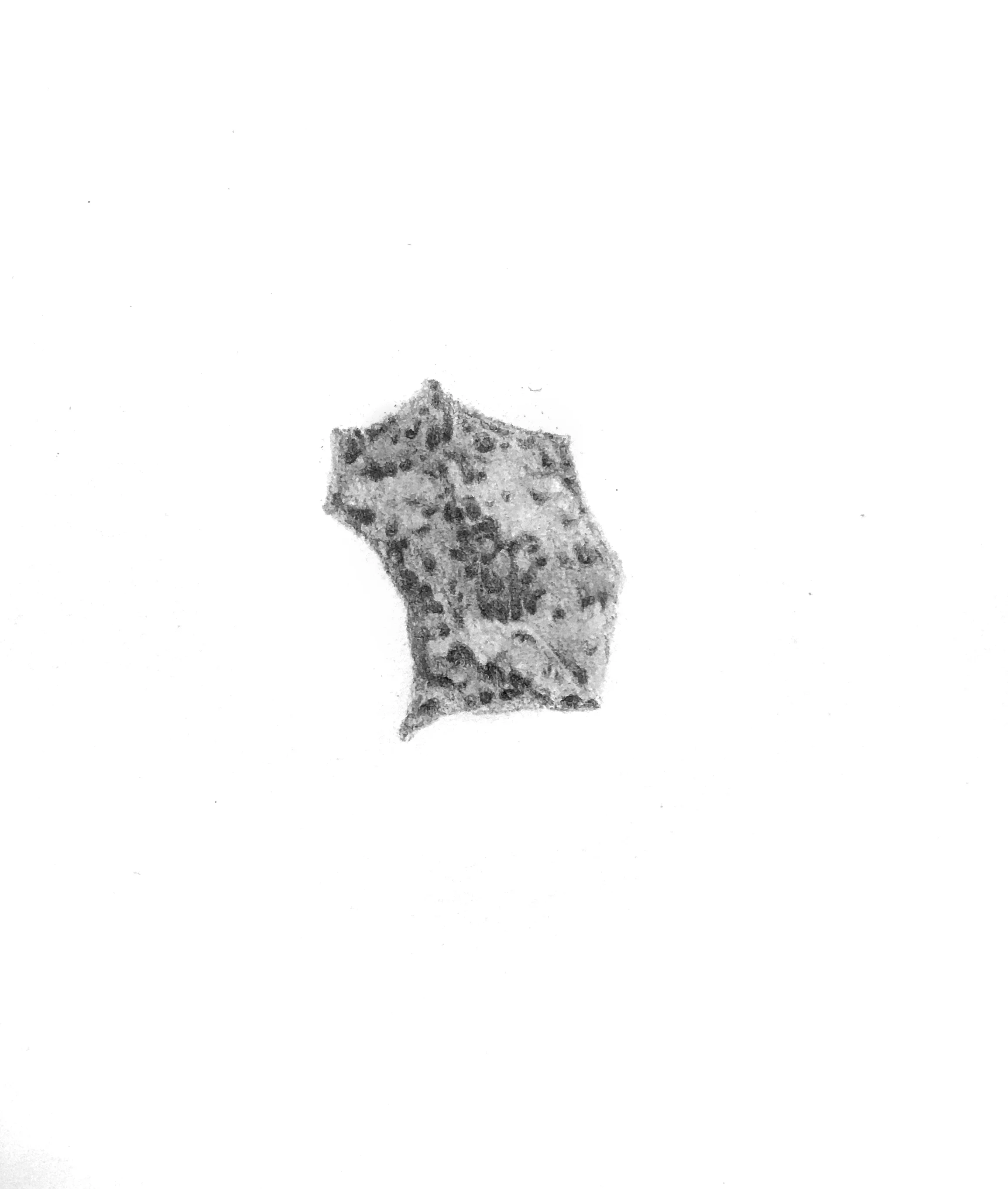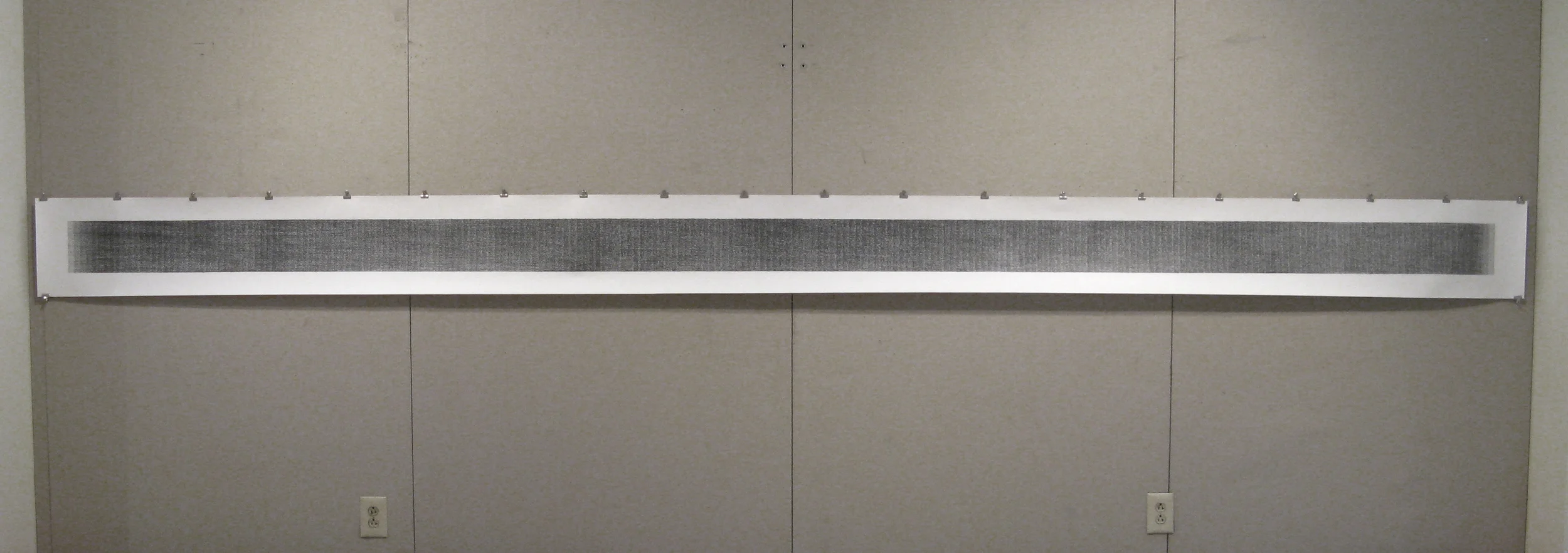View fullsize
![]()

View fullsize
![]()

View fullsize
![]()

View fullsize
![]()

View fullsize
![]()

View fullsize
![]()

View fullsize
![]()

View fullsize
![]()

View fullsize
![]()

View fullsize
![]()

View fullsize
![]()

View fullsize
![]()

View fullsize
![]()

View fullsize
![]()

View fullsize
![]()

View fullsize
![]()

View fullsize
![]()

View fullsize
![]()




